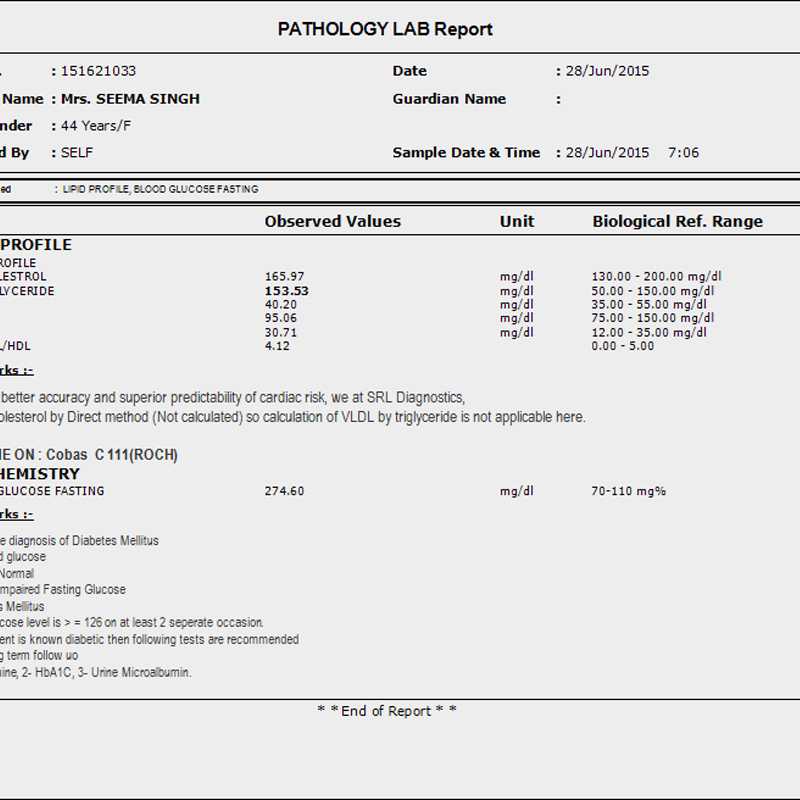

A convenience sample of 10 000 sequential surgical pathology reports, stripped of patient and physician identifiers, was downloaded from a shared laboratory information system that supports 6 distinct pathology departments that include a total of 32 pathologists who serve 10 hospital-based clinical laboratories. In addition, a review was conducted of formatting, data presentation, and layout literature from the newspaper industry, the cognitive psychology literature, and literature from the human factors division of the Federal Aviation Administration, which regulates flight systems and their displays in aircraft flight decks. MEDLINE (National Library of Medicine, Bethesda, Md) and Google (Google Corporation, Mountain View, Calif) searches were conducted using the search terms “pathology” + “report” + (“formatting” or “layout”), and the first 500 documents returned from each search were reviewed. 3 Today, the CAP requires CAP-accredited laboratories to include all report elements specified in CAP cancer protocols in surgical pathology reports.

Attention increased further in 2004, when the American College of Surgeons' Commission on Cancer required as a condition of cancer program accreditation that surgical pathology cancer reports conform to the College of American Pathologists (CAP) cancer reporting protocols. Attention to the content of pathology reports increased soon thereafter when regulations published pursuant to the Clinical Laboratory Improvement Amendments of 1988 mandated gynecologic cytology reporting using the Bethesda consensus standard.
#Pathology report professional
Beginning in the early 1990s, a number of pathology professional societies began issuing recommendations-variously called guidelines, protocols, templates, practice parameters, or checklists-specifying a minimum set of data elements that should be included in pathology reports for particular tissue types or pathologic diagnoses. Recent attention has focused on standardizing the content of pathology reports-the clinical and administrative data elements to be included in reports of various types- to help ensure that required information is transmitted to caregivers.
#Pathology report how to
Objective.-To provide guidance to report designers and authors about how to format reports to maximize the speed, fidelity, and ease of information transfer.ĭata Sources.-Review of relevant literature from commercial publishing and aviation and the fields of cognitive psychology and pathology, supplemented with an analysis of 10 000 pathology reports and the author's personal experience as a practicing pathologist.Ĭonclusions.-Four evidence-based and time-tested principles can help pathologists format information to communicate more effectively: (1) use of diagnostic headlines to emphasize key points, (2) maintenance of layout continuity with other reports and over time, (3) optimization of information density for readers, and (4) reduction of extraneous information or “clutter.” Practical advice is also provided to help pathologists minimize corruption of formatting as reports are transmitted electronically between medical information systems. Comparatively little attention has been focused on the format of reports-the arrangement of headlines, text blocks, and other report elements to optimize communication.

Recent attention has focused on standardizing the content of pathology reports, particularly for common malignancies, to facilitate transmission of required information. Context.-Eighty-two million surgical pathology and cytology reports were issued in the United States during 2007 a subset of these reports will be misunderstood by readers.


 0 kommentar(er)
0 kommentar(er)
